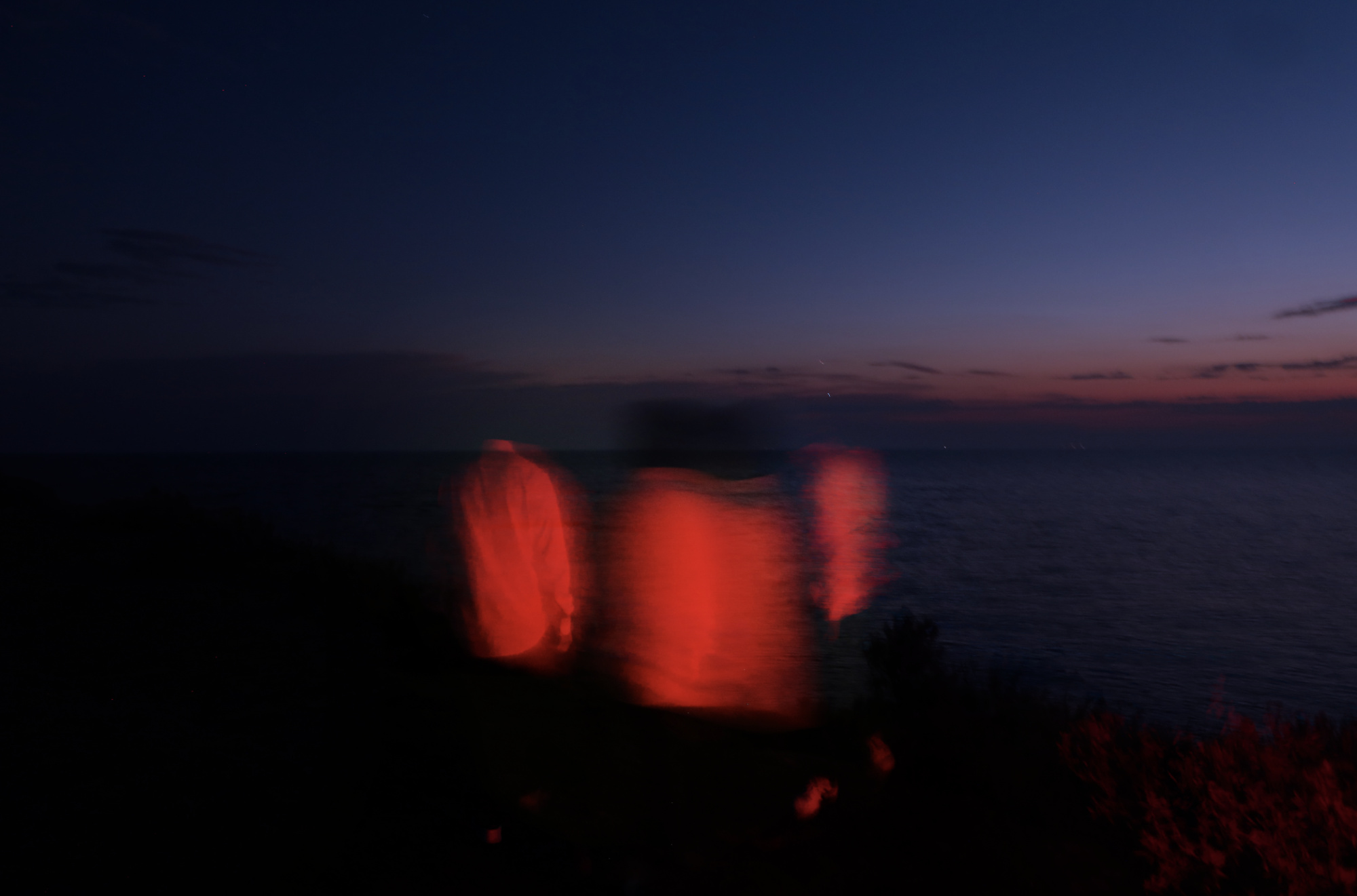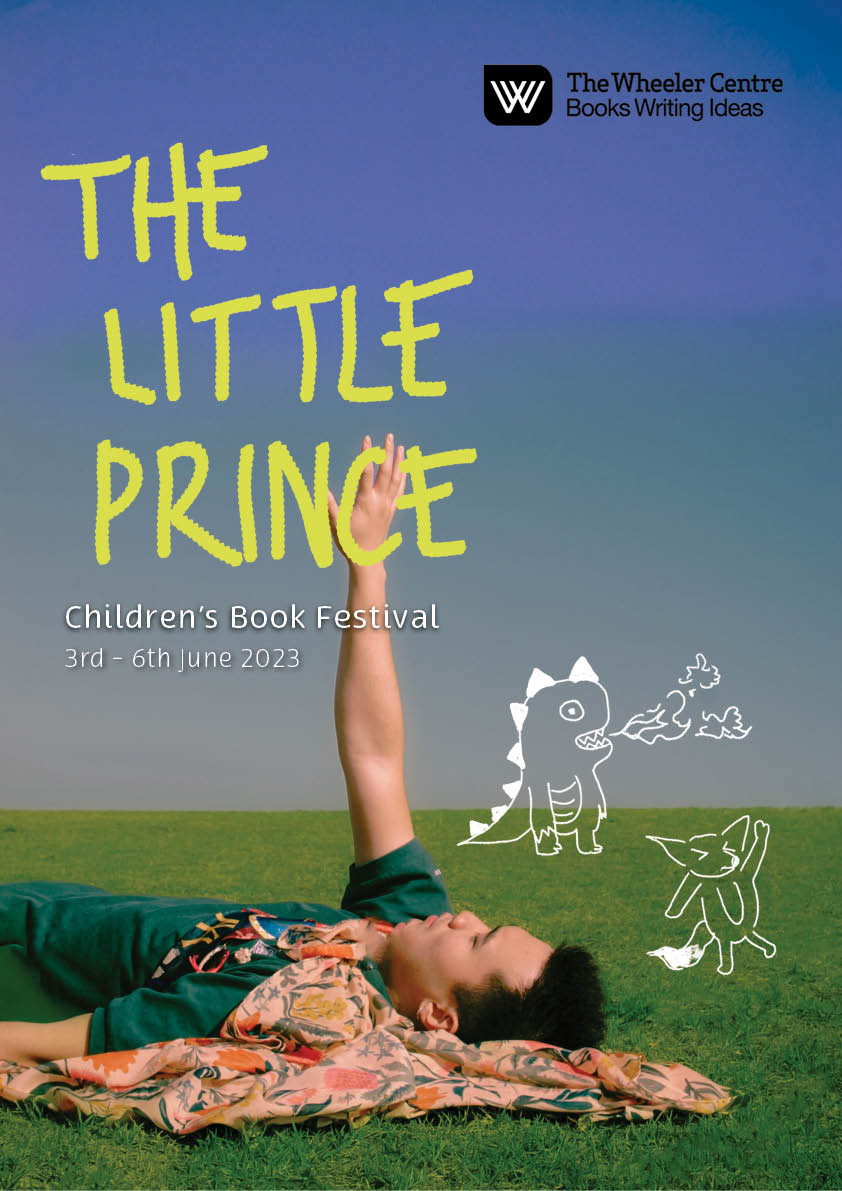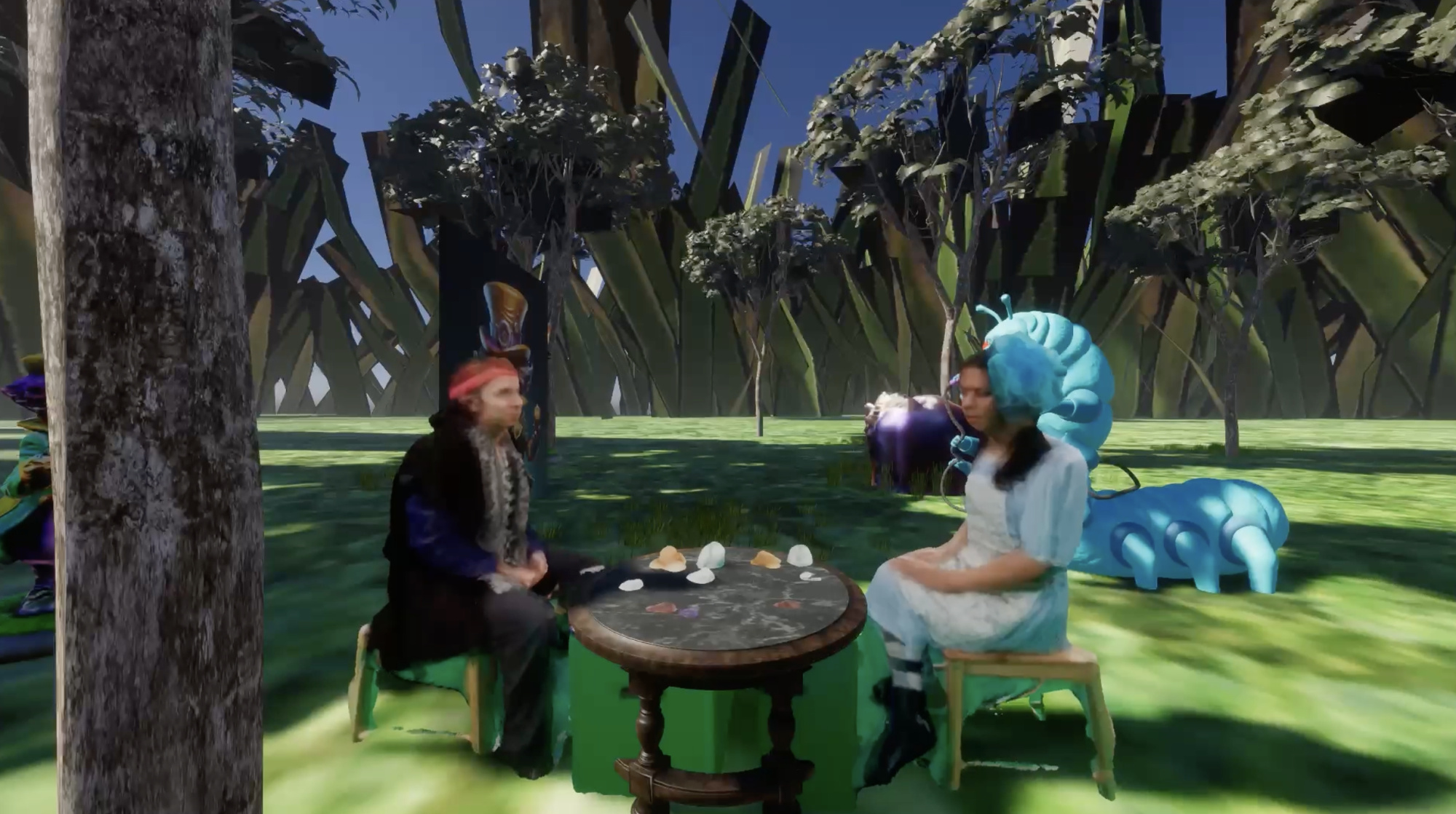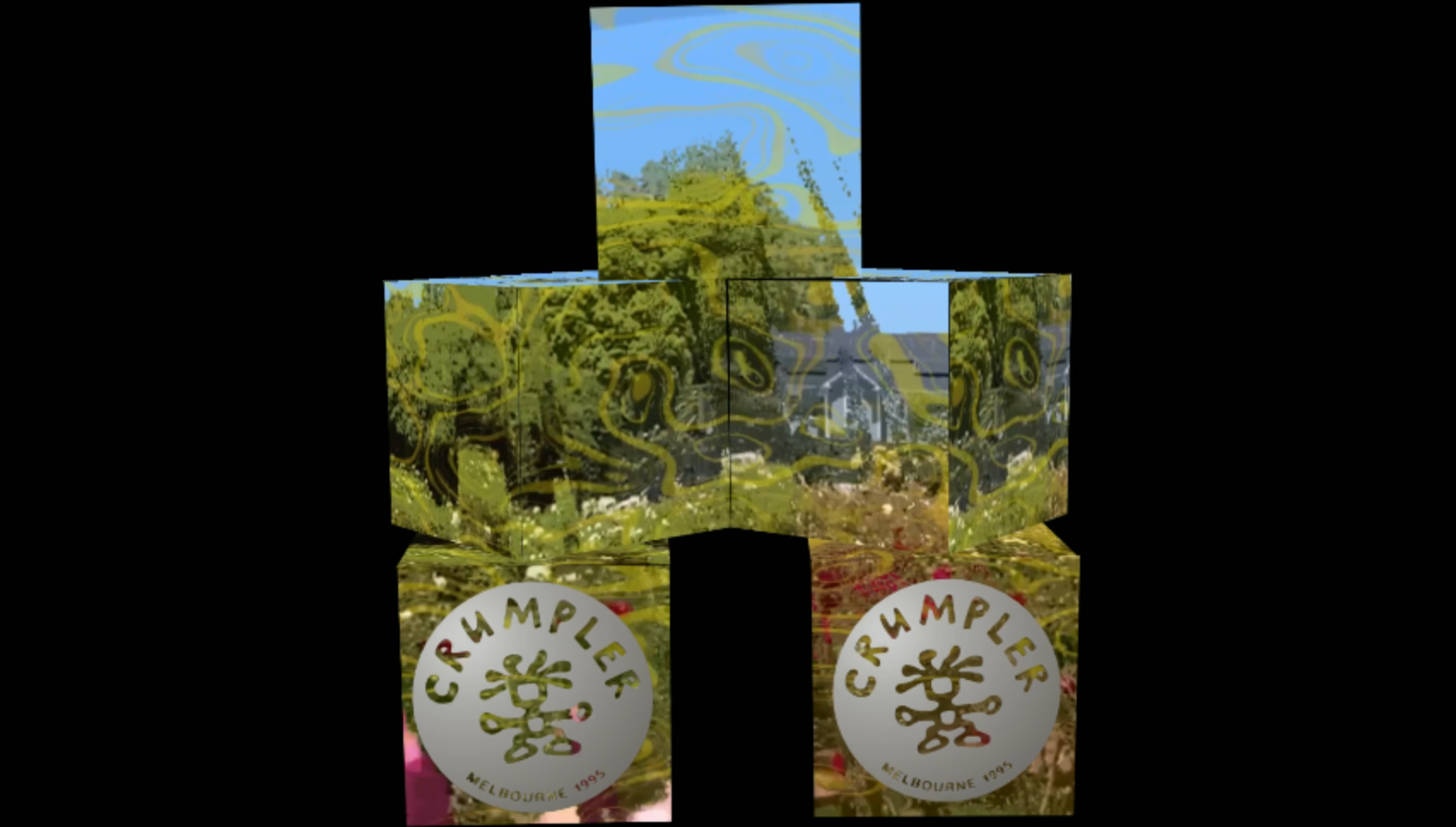Angie is a human who loves photography at the age of 13. Slowly, the human developed a liking for design, so this youth decided to pursue her career in Motion Design. She sees the multiple possibilities that Multimedia could produce for the community. She perceives, observes, designs and communicates through the various mediums of her major.
Angie Ten
Motion Design

1Q84
An eerie feeling of cross worlds that has happened in IQ84. It conveys a sense of lost souls trying to find the correct way of living in a cruel reality / past experiences that have happened to them.

The little prince storybook
How long have we forgotten the inner child in our souls? I wanted to show the adventurous, courageous and innocent lens we once had as a child.

Establishing shot for a fantasy movie
The establishing shot created is to convey the message of playfulness and beauty of nature
to the audience. The scene will give off the magic of early dawn. Using Davinci Resolve, imagination comes to life with the VFX of fireflies, stars, trains and smoke.

Volumetric Capture in Unity
Alice in Wonderland, where we used Volumetric Capture by Depthkit and put it in Unity to create our visual effects production.

Projection Mapping for Crumpler
I showed different illustrated environments in each changing scene, from nature transition into art texture to abstraction, where the Crumpler brand is highlighted for diverse usage backgrounds for other people.